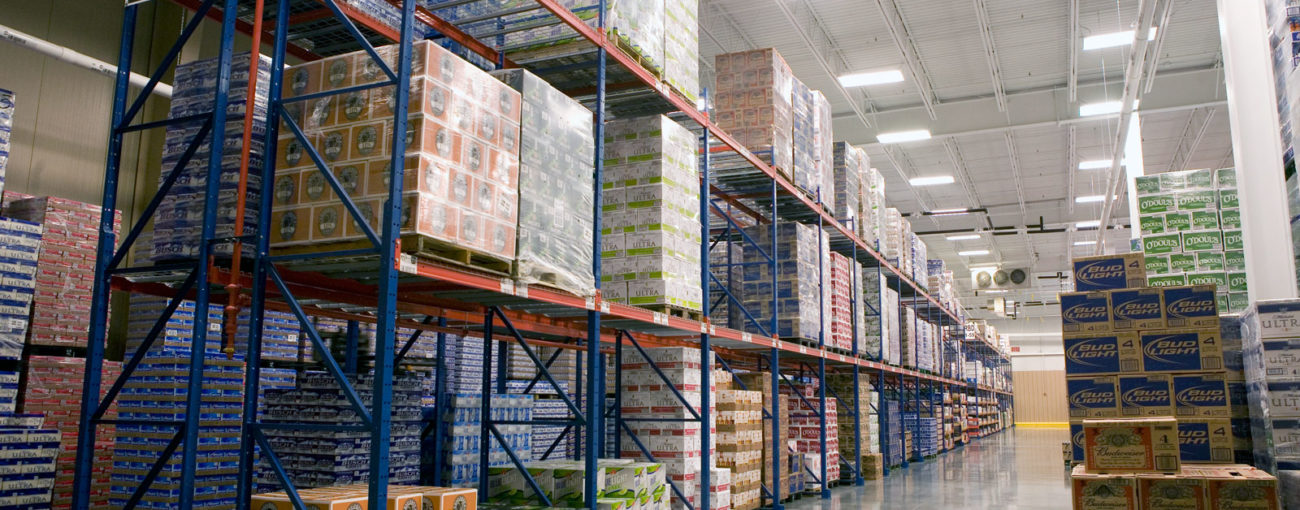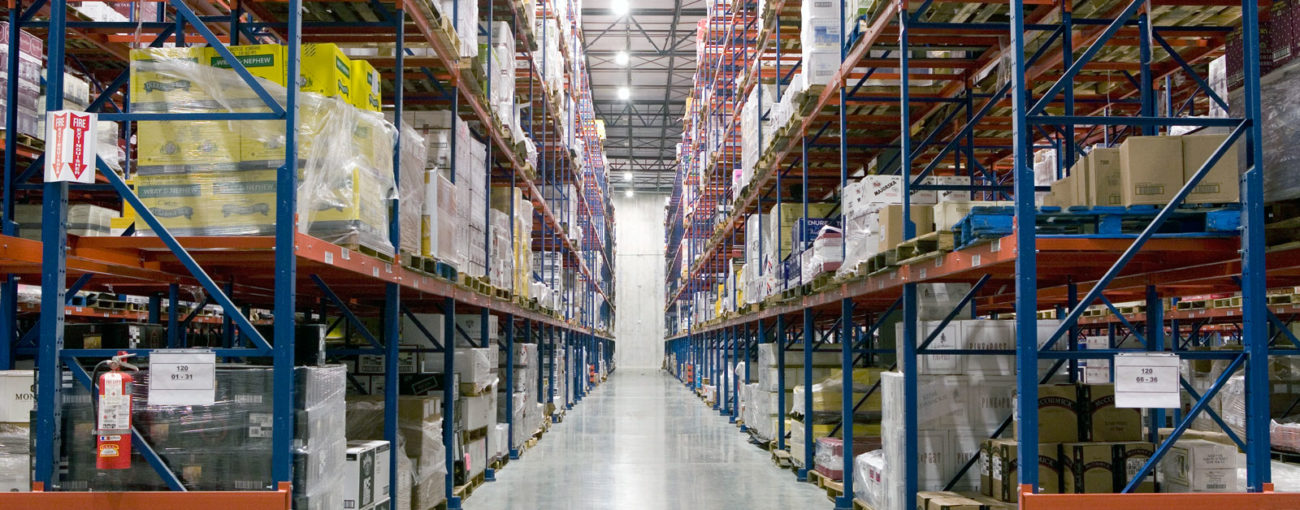Every warehouse has its own unique mix of available storage space, products, distribution rates and strategies. In order to design a Pallet Racking System for your company’s needs that also maximizes efficiency, begin by considering three factors – Unit, Method and Area.
Unit
The typical unit being stored on pallet rack is a load of product sitting on a pallet. Compiling the correct information about each unit is crucial because it will ultimately affect product load support, bay widths and rack elevations. To determine your units’ storage requirements, first ask yourself the following questions:
- What type(s) of pallets hold the product loads?
- What is the overall size and weight of the product loads?
Forgetting to examine each type of pallet in a given warehouse is a commonplace error. It is very important to do so because different pallet sizes will affect the depth of the pallet racking’s frames.
Once each unit is examined individually, it is time to look at them as a product mix as a whole. The amount of different Stocking Keeping Unit’s (SKU’s) that make up an inventory can influence the density of the pallet racking design. Users with a high number of SKU’s will benefit from the selectivity of single deep pallet racking where every pallet position is available to be picked at any interval. In certain scenarios when a low amount of SKU’s are present or when the first unit placed in the racking does not need to be the first to be picked for distribution, users can opt to sacrifice the selectivity of single deep pallet racking for the denser design of double deep pallet racking.
Method
Equally important to the units being stored are the pieces of equipment that will be handling them. Each lift truck in operation with a pallet racking system needs to have a lift capacity that is capable of handling the aforementioned weight of the unit; the trucks’ elevated fork heights will also determine the maximum height at which the pallet rack may place units in the racking. Other items to analyze include, but are not limited to:
- What are the base leg clearances of each truck?
- What aisle turning dimensions does each truck require?
Failure to pay attention to the above items can result in either too much or too little spacing in aisles. Over sized aisles waste finite storage space, while undersized aisles prevent handling equipment from accessing the pallet racking system. Similarly, lift truck mast height is also analyzed to properly size tunnel bay storage for the accommodation of traffic underneath.
Area
Properly placing a pallet racking system within a building presents a challenge for even a savvy designer. When pallet racking is designed for an existing facility, all the facility’s parameters, including the following, are taken into account in order to develop a solution that best utilizes the space:
- Where are building columns placed?
- Where are the lighting fixtures and what size are they?
- What is the flatness of the concrete floor?
- What egress and safety requirements are present?
The same questions are adhered to for new construction, however, accommodations for the pallet racking system can be designed into the building if the project is planned well in advance.
FRAZIER’s Rack 101 Manual
After having evaluated Unit, Method and Area, there is still more to do in order to design your pallet racking; engineering parameters need to be accounted for, while the components of the system must be designed and configured. To serve the design needs of warehousing professionals everywhere, FRAZIER has developed the Rack 101 Manual – a comprehensive, systematic guideline of the secrets to designing a pallet rack system. Preregister to receive an early bird copy of Rack 101©, so you can begin designing your pallet rack system, by contacting us at frazier@frazier.com with a valid business email address today!









